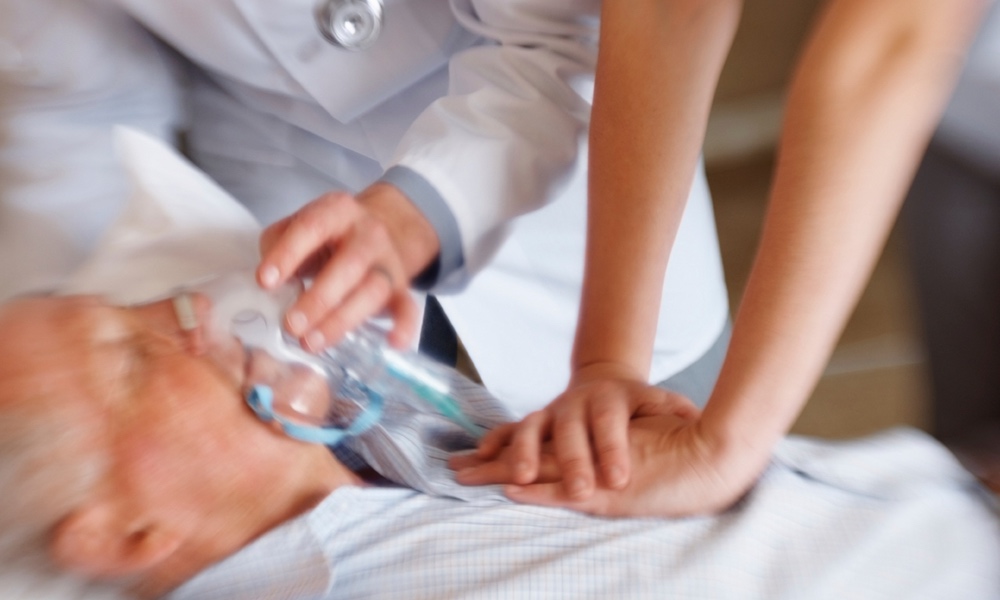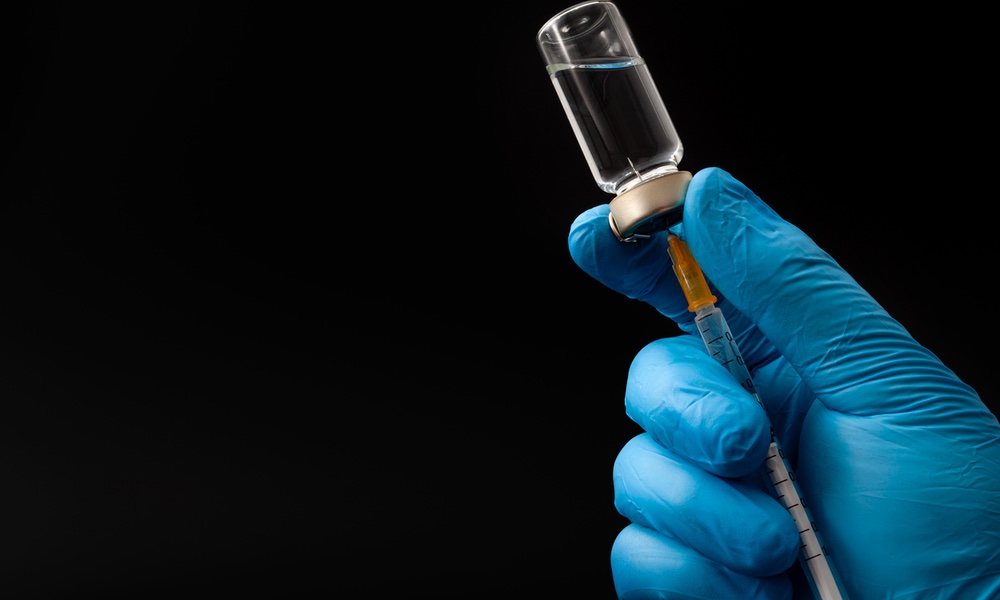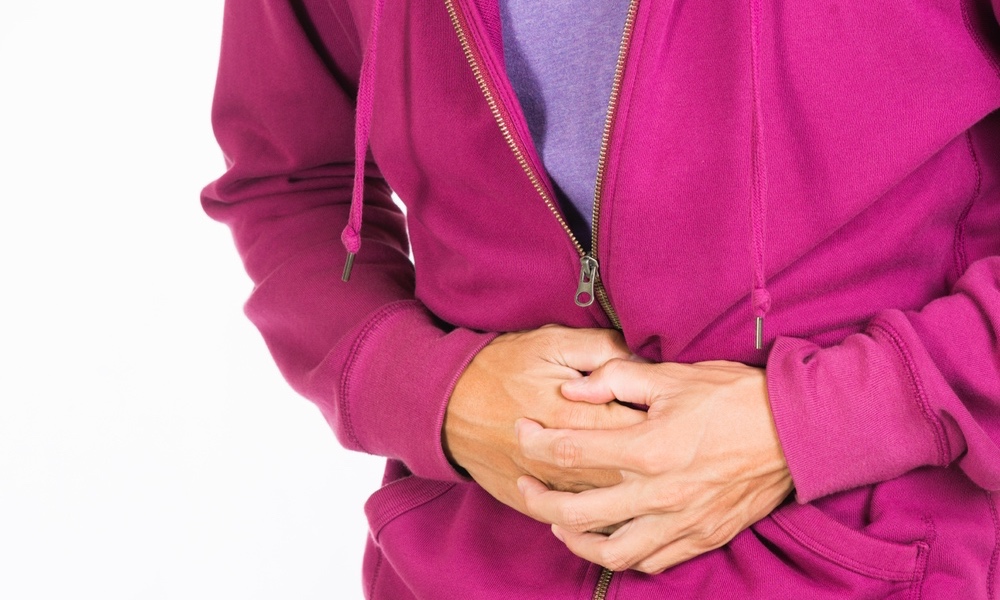In the last few decades, doctors and researchers have made a lot of progress both preventing and treating heart attacks. Of course, what’s most critical for cardiologists is that a heart attack is recognized when a person has had one, so that healthy heart function can be restored as soon as possible.
Treating the person appropriately — with medication and by recommending the most effective lifestyle changes — is the next step. New medications and lifestyle changes can be hard to stick with, but it’s the doctor’s duty to help you as best he or she can. Follow-up care is critical as you recover from the attack and prevent another heart attack from occurring.
Because heart attack is still a leading cause of death in the U.S., whether you’ve had a heart attack or not, it’s important to make heart health a priority. But if you’ve had a heart attack, you really need to pay attention to your follow-up care. The goal is not only to avoid having another heart attack in the future, but, hopefully, to get your heart in a state of health that’s better than it’s ever been.The goal is not only to avoid having another heart attack in the future, but, hopefully, to get your heart in a state of health that’s better than it’s ever been.
Research has shown there is a 20% reduction in mortality when CR is followed closely.
The importance of cardiac rehab (CR) can’t be stressed enough, and there are many studies that speak to this point. We know that if the CR process is begun in-hospital, before discharge, patients are much more likely to continue the routine after they’re back home.
Research has shown there is a 20% reduction in mortality when CR is followed closely. It not only helps the heart recover healthy function, but it also improves a person’s sense of well-being, not to mention one’s cardiac risk factors in the long-run. Despite the known benefits, CR is, unfortunately, often underused.
Patient update: For Sarah, we would recommend evaluation with a physician prior to starting phase 2 of CR, in order to establish that her heart failure is appropriately treated and managed.
Resuming sexual activity is a common concern. Sex requires enough physical exertion that we usually advise patients to abstain for two weeks after a heart attack. After that, the risks of intercourse are lower. But your doctor can give you more personalized advice based on your specific health profile.
Sexual dysfunction can be common after a heart attack. The causes may be psychological or physiological. Sometimes the medications you are taking can lead to sexual dysfunction. Even though it can be uncomfortable to talk about, it’s important to proactively address the problem with your doctor, rather than keep it to yourself.
There can be interactions between certain medications prescribed for erectile dysfunction and nitrates prescribed for heart problems, so it’s especially important to talk with your doctor about appropriate treatments and be clear about the medications you are taking.
Patient Update: We would advise Sarah to abstain from sexual intercourse for a 2-week period. Additional advice would be based on her heart function and general recovery.
Depression can be another common experience after a heart attack. Women and anyone with a prior history of depression are especially at risk of experiencing depression following a heart attack. If you experience sadness that doesn’t seem to be going away after a couple of weeks, speak with your doctor.
Mild symptoms may go away by themselves, but more severe or persistent low feelings should be addressed and treated. Your doctors should ask you questions about your mood and overall mental health, but there is evidence that depression following a heart attack is underdiagnosed. Interestingly, cardiac rehabilitation appears to lessen the risk of depression considerably, which is another good reason to stick with it.
Patient Update: The death of Sarah’s mother from a heart attack at a similar age had an impact on Sarah’s mental health and approach to her illness. We would make sure to follow up with her regularly about her mood, and offer treatment options for managing her depression.
Unfortunately, in the real world, the number of patients sticking with treatment is too low. One in seven patients, for example, stops their medication within 30 days of having a stent implanted. Other studies have shown similarly low rates of sticking with heart medications after a heart attack.
There are many reasons people stop taking their medications — perhaps unwanted side effects, the cost of the medications, or maybe even indifference or denial of the seriousness of the problem.
We can’t stress enough the importance of cardiac rehabilitation — staying the course has been linked to improved health outcomes and fewer ER visits down the road. It’s the doctor’s duty to make follow-up as easy as possible for the patient. It’s also very helpful to have a family member present when you’re learning about after-care — medications and lifestyle changes — from your doctors, since family members can be key to helping you stick with the changes you’re trying to make.It’s very helpful to have a family member present when you’re learning about after-care from your doctors, since family members can be key to helping you stick with the changes you’re trying to make.
Again, it’s the doctor’s duty to help you with these issues and arrive at a plan that’s desirable and doable. If you’re feeling reluctant to keep on your CR plan, speak with your doctor, as he or she may be able to offer other options.
It's true there are many challenges that come with a heart attack, but there is also an opportunity — particularly in terms of living a healthier lifestyle. Having a heart attack is undoubtedly stressful in-and-of itself: The knowledge that one has had a heart attack, which prompts the fear of having another one, can cause some degree of stress. Additionally, people are typically much more attuned to chest sensations, and pains, as a result of a heart attack, which can also create anxiety.
But making the appropriate lifestyle changes can not only reduce your risk of having another heart attack, it can also give you a feeling of empowerment over the situation. For example, quitting smoking, which we did not discuss in detail, can be stressful in the short-term, but it also helps your mental health, improves overall health and reduces your risk of another heart attack.
Again, the right combination of medicationsand lifestyle changes can help lower your chances of having another heart attack. Follow-up care in the form of CR is critical, and can make a big difference in your recovery, and it can also help you ward off depression (but again, if you are feeling ongoing depression, speak with your doctor about different ways to treat it).
Though life after a heart attack may take some getting used to, making the necessary changes will make you much healthier in the long run, and reduce your risk of having another attack in the future.





